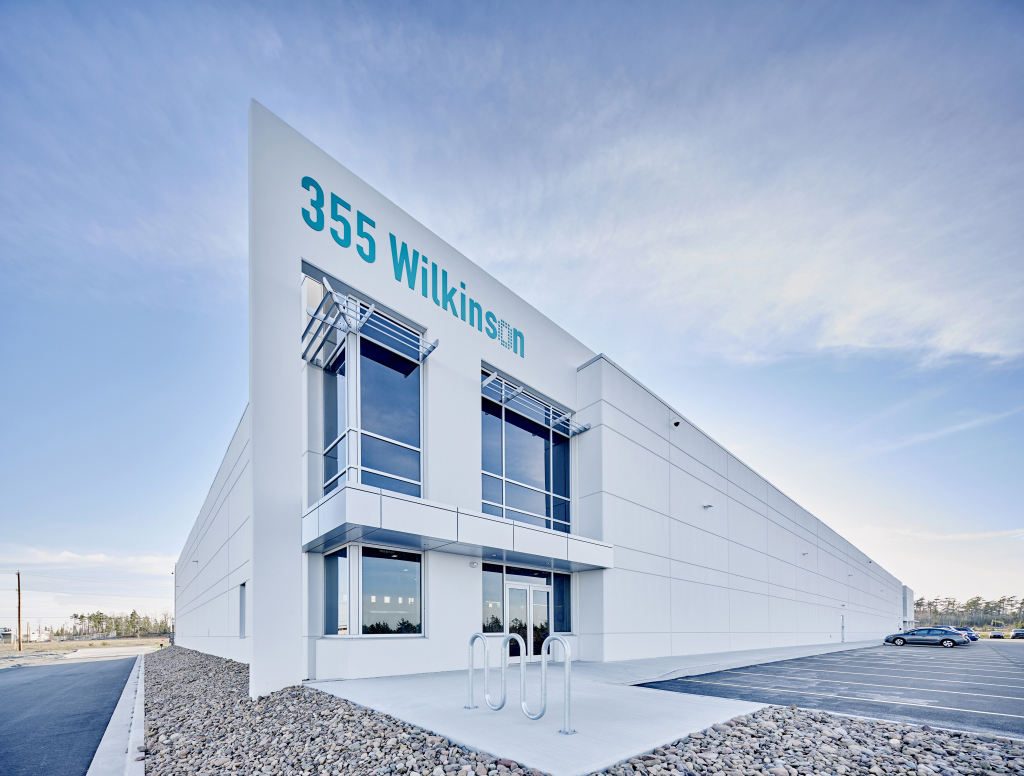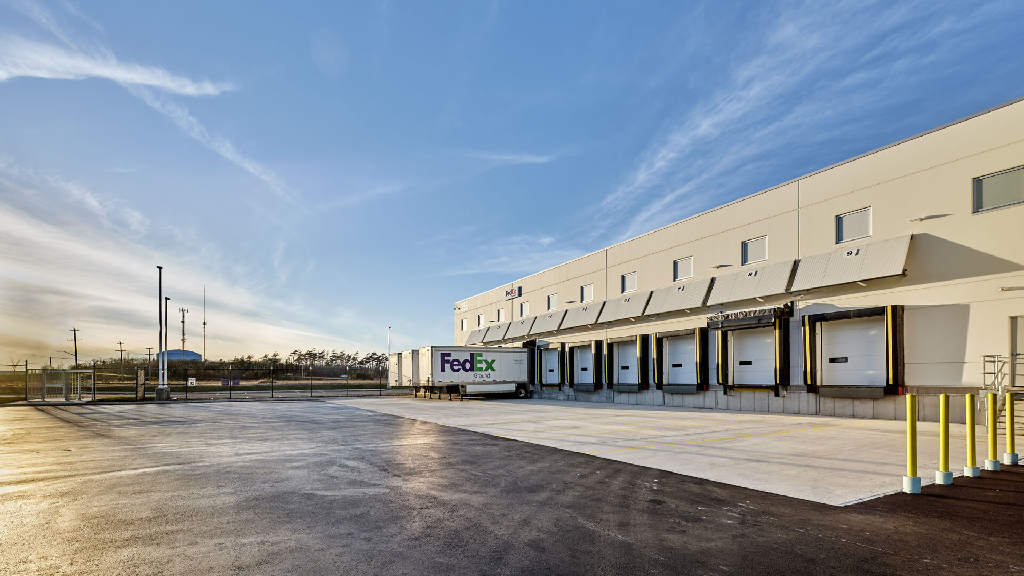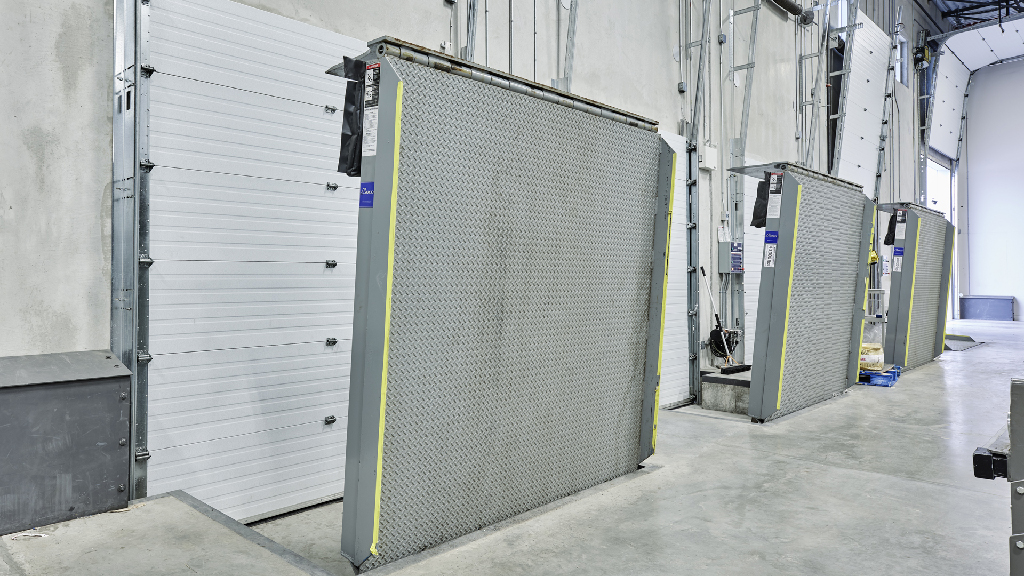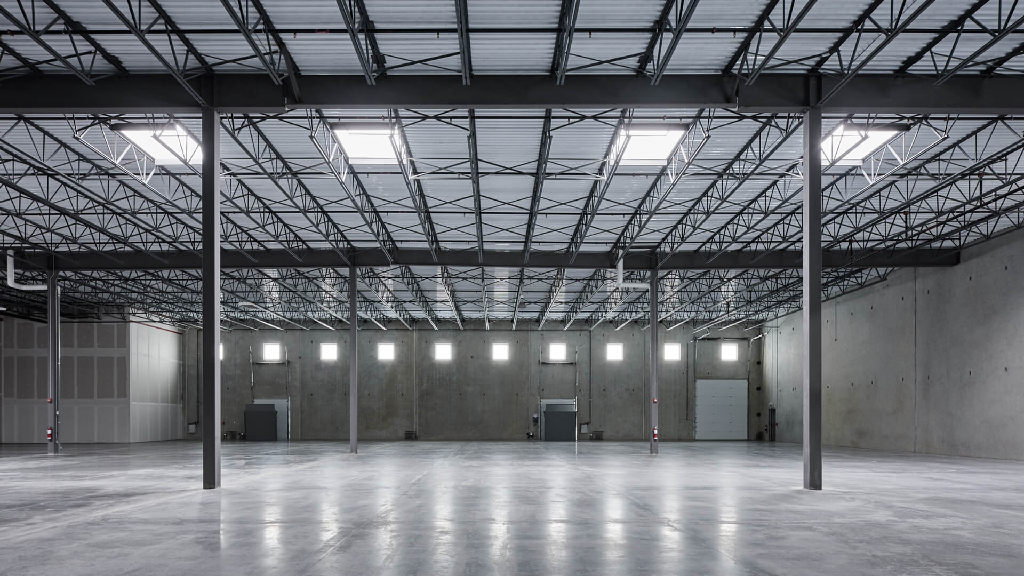Achieving Net-Zero Energy with Tilt-Wall
Español | Translation Sponsored by TCA

By Jesse Hunt, CPHC, LEED AP BD+C, WELL AP
Property owner: East Port Properties – Judy Wall, President
The 60,000 SF Wilkinson Avenue multitenant warehouse building located in Dartmouth, Nova Scotia, is part of the Canada Green Building Council’s (CaGBC) Zero Carbon Buildings (ZCB) pilot project. The building combines energy efficiency and renewable energy generation to achieve net-zero energy. In other words, on an annual basis, the building generates as much energy as it consumes. Because of this, the project will diligently chip away at its total carbon accounting over time, continuously reducing its overall carbon footprint. The cost of this noble achievement was far less than most think, which is good because the proposition of doing more than the minimum to combat climate change is being considered more broadly and deeply than ever before.
Energy codes set the minimum lawful standard for which you are allowed to build. We won’t reach climate goals critical for our society if we don’t move beyond them, and quickly. Many organizations are taking this seriously and prioritizing investment in responsible environmental practice. For owners and tenants, the benefits of investing in zero-energy designs are outpacing the costs.
We’ve moved on from a time when small consumer decisions like using compostable straws could be considered an adequate response to address climate concerns. The stakes are high and the market is responding. In the wake of the pandemic there is now unprecedented pressure on businesses across all industries to embed sustainability as a feature, not just a bug. Thankfully, the metrics and communication tools available today to measure sustainable performance have also improved greatly.
Our understanding and regulation of environmental impacts can be paralleled with our understanding and regulation of nutritional health. The origins and evolution of Nutrition Facts labels date back more than a century when the Pure Food and Drug Act of 1906 enacted a “truth in labeling” law intended to ban adulterated or mislabeled products and to raise standards across the food and drug industries. The Nutrition Facts panel, which first began appearing on food packages in 1994, is one of the most widely recognized graphics in the world, according to the US Food and Drug Administration.1
Environmental, social, and governance (ESG) reporting refers to the disclosure of data concerning an organization’s operations in environment, social, and governance categories. Essentially, it’s a Nutrition Facts panel used by investors and consumers who consider a company’s performance and practice in these areas when making decisions. ESG’s prevalence has accelerated since the COVID-19 pandemic began and is changing capital markets rapidly; credit analysis in the commercial building sector now has an environmental component like never before. A recent Bloomberg analysis projected that 2025 ESG assets under management (AUM) will conservatively hit $53 trillion, one-third the value of all global assets.2 Now, even the warehouse sector is feeling the heat to perform, and building certifications are providing that service.
There is a seemingly endless stream of new “green building” certifications arriving to compete in the market every year. However, few are actually pushing the market beyond code. For example, Leadership in Energy and Environmental Design (LEED) is the most widely used green building rating system and can be credited for much of the early green building movement in the United States. However, LEED still allows projects to reference 2010 energy codes as the baseline for energy performance; this earns projects points that are simply built to code. We can do better, and now the market is demanding it.
If your company owns, develops, designs, or builds warehouse structures and is concerned with improving your ESG reporting, there is some untapped, low-hanging fruit. Many of these structures consume relatively small amounts of energy that can be efficiently and economically offset through good design, quality building systems, and attention to construction details. To achieve net zero, the focus is efficiency first. Insulative qualities and air tightness are addressed to the greatest extent possible. Systems are then carefully sized, and on-site renewable energy offsets the minimized loads associated with the building operations.
A great, cost-optimized solution for reducing loads in a building before purchasing renewables is the Phius standard. This is a climate-specific, third-party-verified, energy-efficiency standard that results in air-tight, moisture-controlled, durable buildings. By first employing passive measures, the energy demands are reduced, necessitating smaller HVAC equipment. These spaces include heat or energy recovery ventilation, and unmatched comfort and air quality. Larger commercial buildings tend to achieve the standard with greater ease due to a lower surface area to volume ratio. Distribution warehouses are especially good candidates due to their low electricity demands per square foot and their simple geometry for detailing. The average cost to build to this standard is 3–5% of hard costs.
There is a lot of synergy between deep energy goals and ESG. Tenants in these buildings have their largest variable expense (utilities) flattened and they get to market and report to their stakeholders that they are located in a high-performance building. It’s really a win for both owners and tenants alike.


Case Study
Designed by Powers Brown Architecture, Wilkinson Avenue features a tight and well-insulated tilt-wall building envelope, heat recovery ventilation, and a central, in-floor heating system supplied by air-to-water heat pumps with a peak-load, natural gas boiler. A net-metered, solar photovoltaic (PV) system has been sized to offset the cost of both fuel sources to provide the tenant with zero (or near zero) heating costs for typical building use.
Tilt-wall building methodology achieves continuous insulation effortlessly, avoiding thermal bridging and providing an incredibly tight envelope ideal for controlling energy. Architecturally, detailing continuous insulation for tilt-wall applications is exceedingly simple. With an efficient and effective envelope, getting to net-zero energy only takes the incorporation of a few additional elements.
- Natural Daylighting: Skylights and clerestory, high bay windows harvest daylight and lower lighting loads.
- Renewable Energy: Photovoltaic panel system sized to offset the cost of fuel source, resulting in net-zero heating cost for typical tenant use (1.6 ekwh/ft2).
- Energy Efficiency: Efficient mechanical system. Heat recovery ventilation combined with in-floor heating supplied by air to water pumps. Internet-based integrated controls allow for real-time optimization of all building systems. Peak loads supplemented by natural gas boiler. High bay LED lighting fixtures.
- Climate Control: Continuous thermal barrier at roof to wall connection R-40. Insulated tilt-wall panel with R-20 rigid insulation. Insulated overhead door with continuous dock seal. Dock levelers with seals to prevent energy loss.
- Radiant Heating: In-slab, radiant heating system with below-slab insulation resulting in increased comfort and decreased heating costs.
- Recycled Materials: Steel and concrete construction results in lower embodied energy through the use of recycled materials and regional sourcing.

About Powers Brown Architecture
Powers Brown Architecture has always supported the concept of “sustainability” in design. The thought process is such that “green building” is an extension of a good economic design. If you start with a good economic design, you will be on your way toward a product that is now being labeled “green” as your end product. This is a practice that has been in place with the principals for more than thirty years. Today, with more and more environmental issues in the forefront, Powers Brown Architecture is ahead of the curve. The firm incorporates environmentally responsible and healthy products that meet the “green” definition on projects when program and budget allows. Powers Brown Architecture has an in-house sustainability group led by Jeanette Shaw, AIA, RID, LEED AP, and Jesse Hunt, CPHC, LEED AP BD+C, WELL AP, that is focused on guiding projects through whatever sustainability goals they may have. In addition, Powers Brown Architecture has 12 LEED Accredited Professional project managers, project architects, interior designers, and project designers.

1 The Origins and Evolution of Nutrition Fact Labeling, October 2017, Food Dive (https://www.fooddive.com/news/the-origins-and-evolution-of-nutrition-facts-labeling/507016/)
2 ESG Assets May Hit $53 trillion by 2025, a third of global AUM (https://www.bloomberg.com/professional/blog/esg-assets-may-hit-53-trillion-by-2025-a-third-of-global-aum/)








